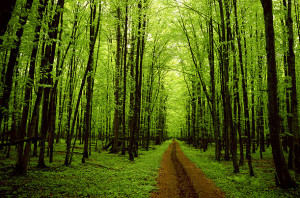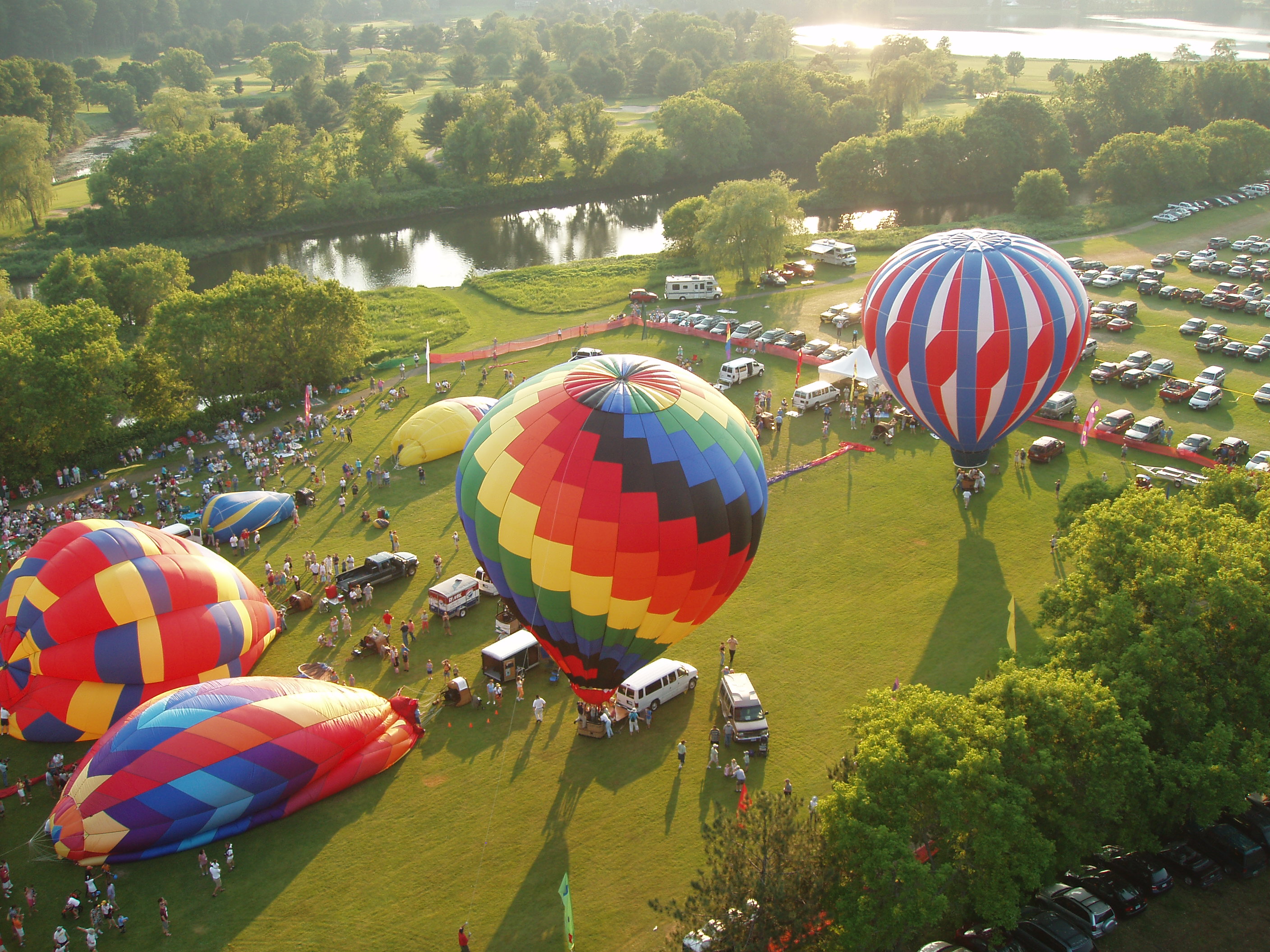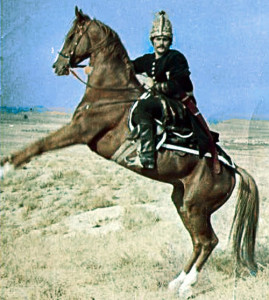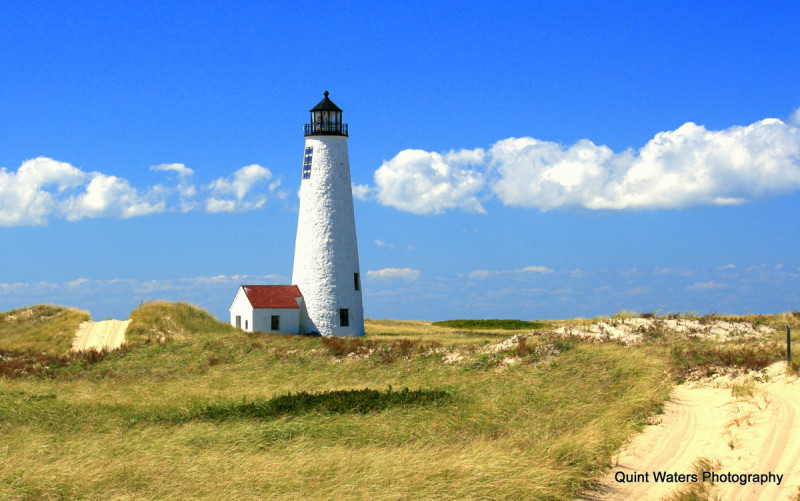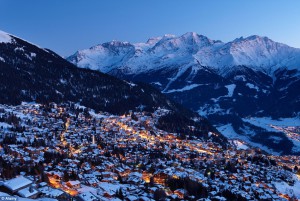Often times an unknown part of the Spanish coast, the Costa Brava is a lovely town a little inland, off the Mediterranean coastline a little south of France. Culturally known as the land from where both Dali and Picasso hail, the Catalan history is rich of art, natural landscape and winemaking culture to say the least.
A quick side trip of a little over an hour and half from the heart of Barcelona will open your eyes to a whole different side of Spain, miles away from the tourist buses and the noisy bustle of the big city.
As this area is both on and off Spain’s coast, it’s also a great idea to savor some of the country’s most delicious seafood, ranging everywhere from grilled octopus to more national dishes, such as the breakfast staple of a tomato like bruschetta with olive oil. One dessert that is specific to the Catalan region is called “crema catalana,” which is the very similar to the french creme brulee.
This region also showcases a plethora of picturesque medieval towns, stunning beaches and some of the most beautiful, remote crystal blue water of Spain. Here are some easy, affordable ways you can explore all of the beautiful outdoor scenes of this gem.
Once you arrive in the area of the Costa Brava, a great way to start off exploring the region is by walking through some paths called the Camins de Ronda. The paths of the Camins de Ronda allow you to see the many small fishing villages that support the local economy, along with exploring some lesser know, remote areas of the coast.
Even if you would just like to hike for a little bit or head to the beach to soak up some sun for most of the day, there are actually tours in the area that offer various hikes from slower, one hour walks to hikes that last several days.
For more intense outdoor adventure, visitors and locals like often go diving or snorkelling at the Medes Islands, which is easily one of the most important marine life reserves in the Western Mediterranean.
This archipelago containing seven small islands continues to astound visitors with its gray rocky cliffs which is ideal for individuals interested in learning more about the diverse marine life in the sea. Another incredible outdoor activity is Kitesurfing in the Bay of Roses, which has several renting stations right on the beach so there is very minimal hassle in terms of the equipment needed.
A common way for Spaniards to travel locally or within a specific city is to bike in order to explore the various neighborhoods of the region. Biking throughout an area called the Emporda with an electric bicycle (burricleta) at Ocitania is one of the best routes to see the medieval towns, green foothills and the more country parts of the Costa Brava.
The primary advantage of biking or cycling of the Ocitania route is to sightsee bits and pieces of the region that are for the most part, foreign to many tourists. Essentially, this bike route is a wonderful way to get lost in the Spanish charm that continues to entrap tourists and locals in its ancient spell of both Medieval and Roman past.
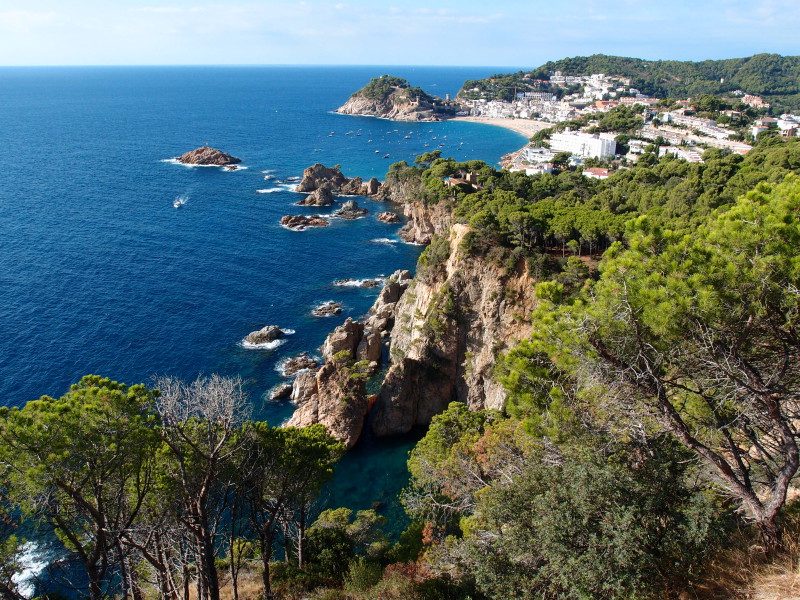
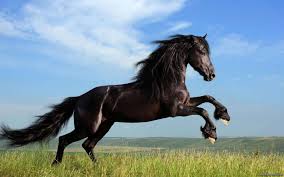 response is more common in males than females, as it’s the primary way a male horse can determine if the female is in heat. Remember, the next time you see a horse smiling at you, they’re just giving you a whiff.
response is more common in males than females, as it’s the primary way a male horse can determine if the female is in heat. Remember, the next time you see a horse smiling at you, they’re just giving you a whiff.
